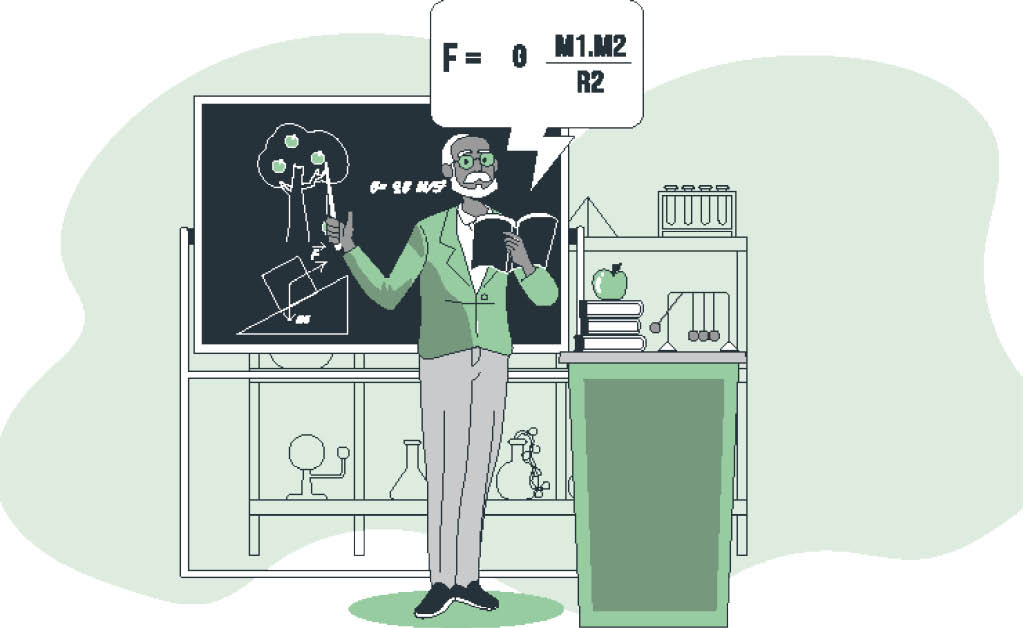Want to sound like a professor? There is a simple way to do that. And you can accomplish that in three simple steps. But before we start counting our steps, there is a mode or room we need to enter: the conversation room. That is, for any topic you want to speak about, assume you’re joining a conversation. Because except if you’re among the first humans, whatever you want to say, someone has already said something similar or something related to it before.
My discovery of this mode completely changed my perspective about academic discussion. But most importantly, it lifted from my shoulders the burden of beginning an academic conversation. Lesson, don’t begin. Just join. I found that this is also an excellent structure to use for impromptu speaking. It is the fastest way to sound educated, be respected and earn credibility. Your audience would say: “Wow! This lady knows what she is talking about.”
So what are the steps?
Step one: Use a narrative hook. This means that you can take a step back and sketch a narrative path.
Examples:
“Since the beginning of the 21st Century, a controversial issue has been whether X or Z.”
“When the law on ABC was passed, it immediately created two camps arguing about the future of XYZ.”
“In the past decade, parents/experts/politicians have been worried about the nature of the influence social media exert on children. Opinions are sharply divided between those who recognize the benefits and those who think spending time on social media is a complete waste of time.”
Step two: mention the points of view of the two opposing sides.
Example:
“On the one hand, there are experts and parents who argue that the social media use is a new reality that is not going anywhere; so children should be allowed to use them to be able to develop the necessary skills to cope with the new world. On the other hand, there are those who believe that the negatives outweigh the positives. They contend that social media use may be a new reality but it isn’t the only reality; suggesting that children can and should do without it.”
Step three: State your own opinion. In doing that, you can agree or disagree with any of the camps or you can disagree with both of them or create your own camp.
Example:
So, where children are concerned, the argument is whether we should discard social media completely or let kids use them and deal with the consequences. I beg to differ with both camps. It is my opinion that social media are tools, therefore, when used responsibly, we can harvest a lot of benefits.
When used irresponsibly, both children and adults would suffer unfavorable outcomes that science has associated with their use such as depression, negative thoughts – and even suicidal thoughts. If this argument holds, then we should address the next question: ‘at what age should we allow children to use social media?’ Well, at what age should we allow children to use a knife? It is all a matter of judgment and guidance by the adults. I’ve seen a class in Singapore where the teacher was guiding the students (who were clutching their mobile phones) to do classwork on Facebook.”
So that is how to join a conversation and how to use the template for your impromptu speaking needs. When you realize that your audience is the academic, technical or analytical type, use this structure. They would appreciate it because it is one of the simple ways to organize your thoughts and direct the thoughts of your audience. This is also how academic writing is presented.
You May notice that with this structure, you can be as concise or as long-winded as you want. Which means, when you are looking for more word count, you can employ this structure to repeat the differing arguments of many experts before stating your own opinion. But it is better to be concise. Your audience would love you for it.
A Complete Example
For hundreds of years, a controversial issue has been how teachers can alleviate their worry about getting their students to express ideas clearly and eloquently. Experts have been sharply divided into two huge camps.
On the one hand, there are those who believe that students should be taught what makes a good communication. That is, a teacher should point out the elements in a good communication but let them find a creative way to reach that goal by themselves.
On the other hand, the opposing school of thought believes that students shouldn’t only be taught the right ingredients necessary for clear communication but also be given a step by step instructions on how to proceed. That is, students should be given a template.
The other school on the other hand frowns at this proposal. They condemn the use of templates, such as the 5-paragraph essay, as overly restrictive. One proponent of this argument is Elizabeth Guzik, a professor in the English department at California State University Long Beach. She believes that there are at least three things wrong with the 5-paragraph essay. “The five paragraph essay encourages students to engage only on the surface level without attaining the level of cogency demanded by college writing,” she wrote. “In its broad, overarching style, it has a tendency to encourage overly general thesis statements that lead to poorly developed and unfocused papers.”
She also believes, like most critics of the five paragraph essay, that an essay should focus on one argument and not three.
On the other hand, those who align with templates deny that their use breeds laziness in writing. If anything, they argue, it unlocks the creativity of students to find words and moves that they never thought they possessed. The appropriate analogy to use here is that of a child learning to ride a bicycle. First they start with the training wheels. When the time is right, they would remove the wheels because they are no longer needed. Such is the case of a beginning communicator whether they are in secondary school or the university. One proponent of this argument is Professor Graff, author of “They Say, I Say: The Moves That Matter In Academic Writing.”
The professor argued: “One virtue of such templates, we found, is that they focus writers’ attention not just on what is being said, but on the forms that structure what is being said. In other words, they help students focus on the rhetorical patterns that are key to academic success but often pass under the classroom radar.”
The essence of the professor’s argument is that templates enhance rather than hinder creativity. It is my opinion that this makes a lot of sense and therefore, fully agree with Graff’s argument. The beginning communicators should learn the rules and the ropes well enough to break them. While others may argue to the contrary, an easy way to learn the basics is to use templates. And in response to the valid concern of Elizabeth Guzik and others, templates (even 5-paragraph structure) could be customized to argue one point.
Even in computer programming, your teacher would advise you to type in the code examples and not to copy and paste so that you can get used to the syntax. This example is even more extreme than the use of templates because you’re typing what your teacher wrote verbatim. Yet, this practice helps you to write your independent programs in the future.

 Join Daily Trust WhatsApp Community For Quick Access To News and Happenings Around You.
Join Daily Trust WhatsApp Community For Quick Access To News and Happenings Around You.


